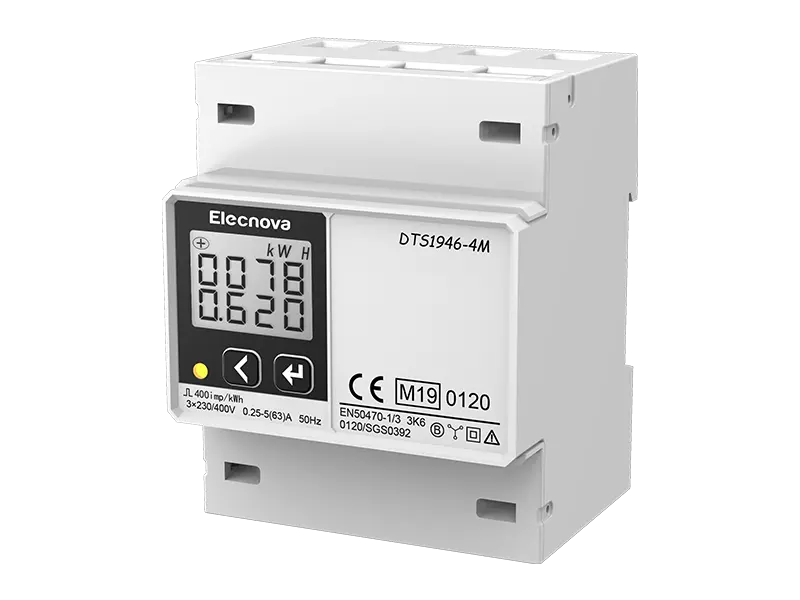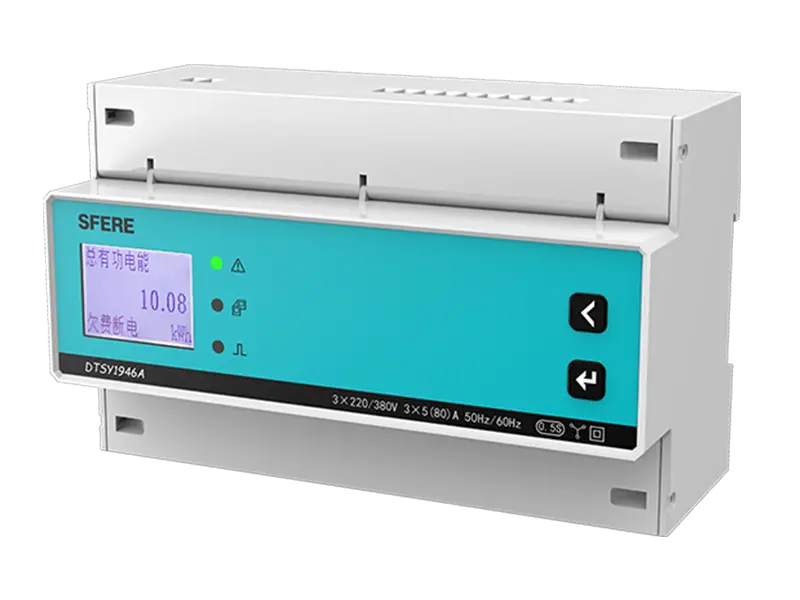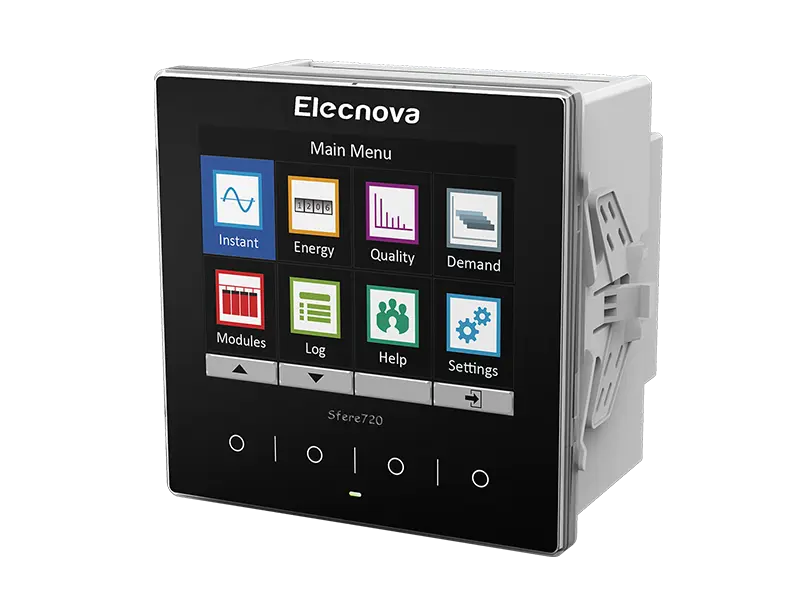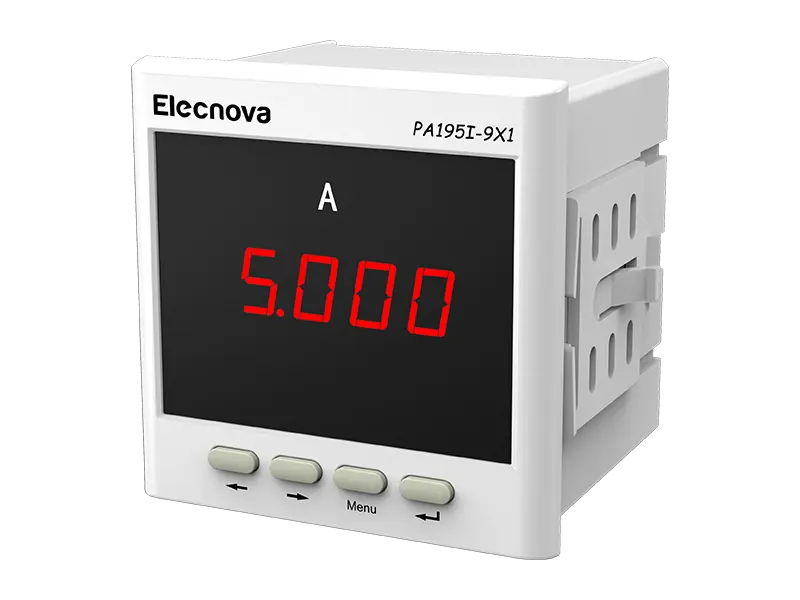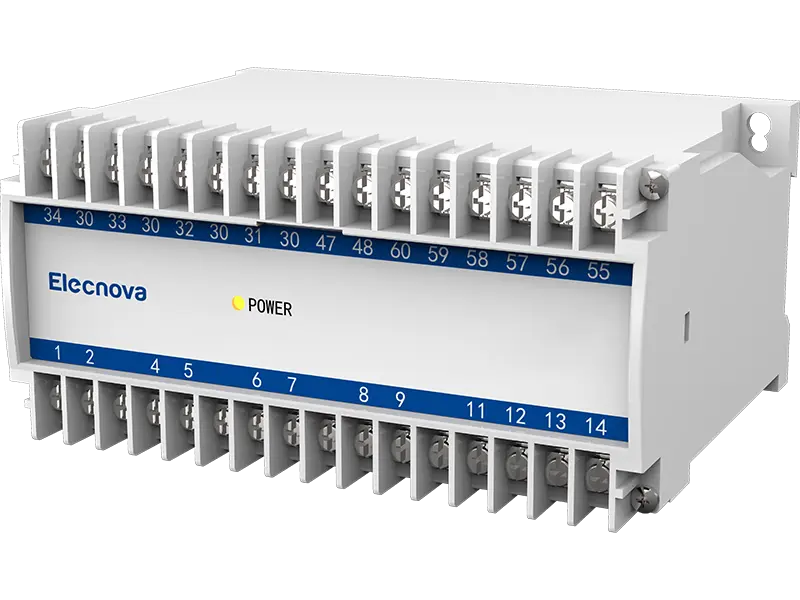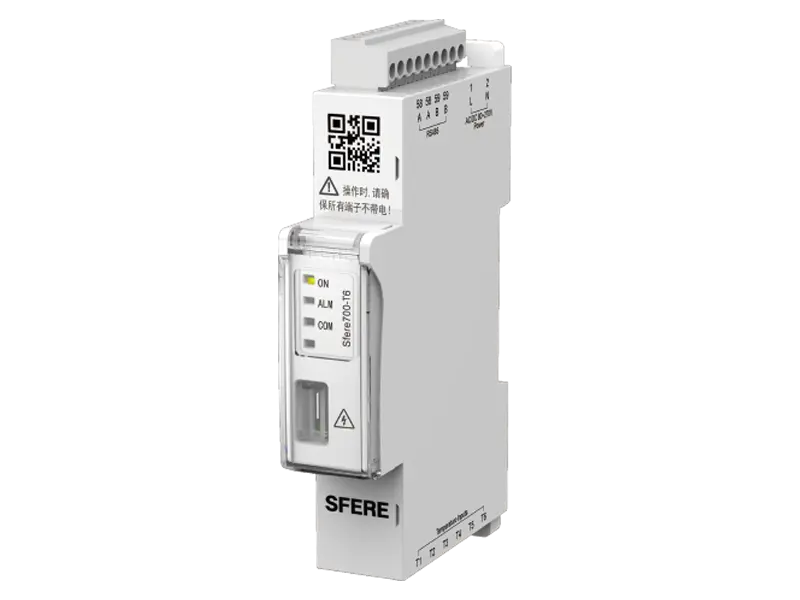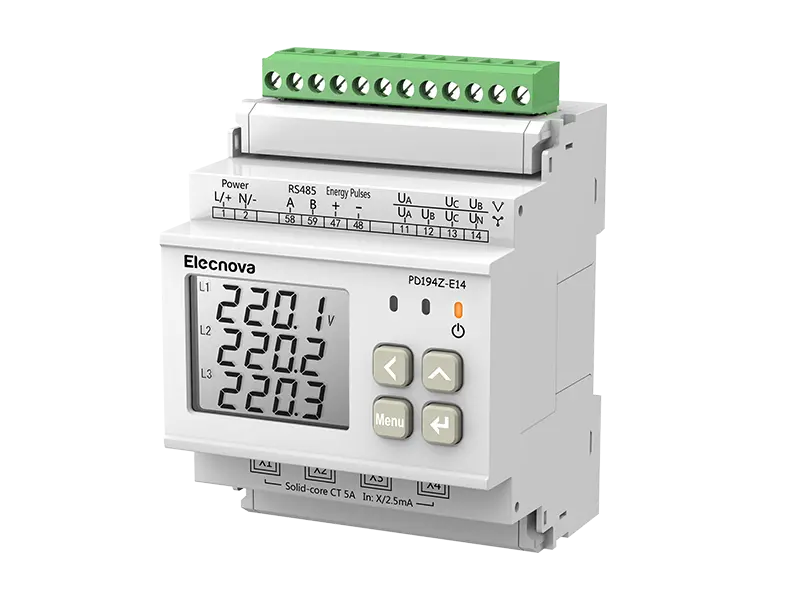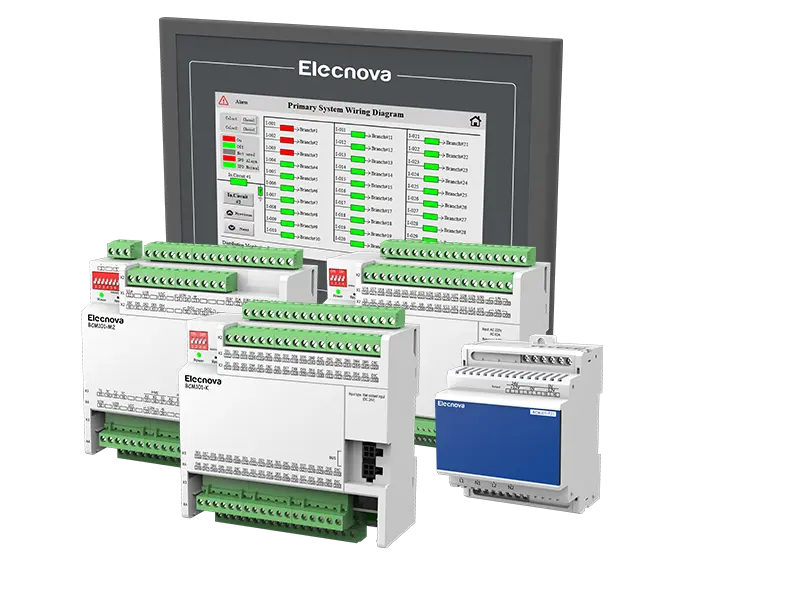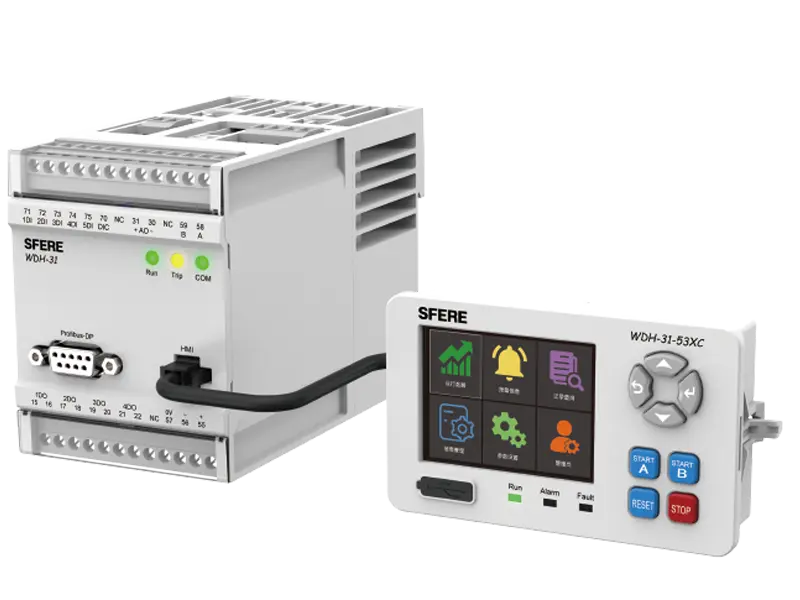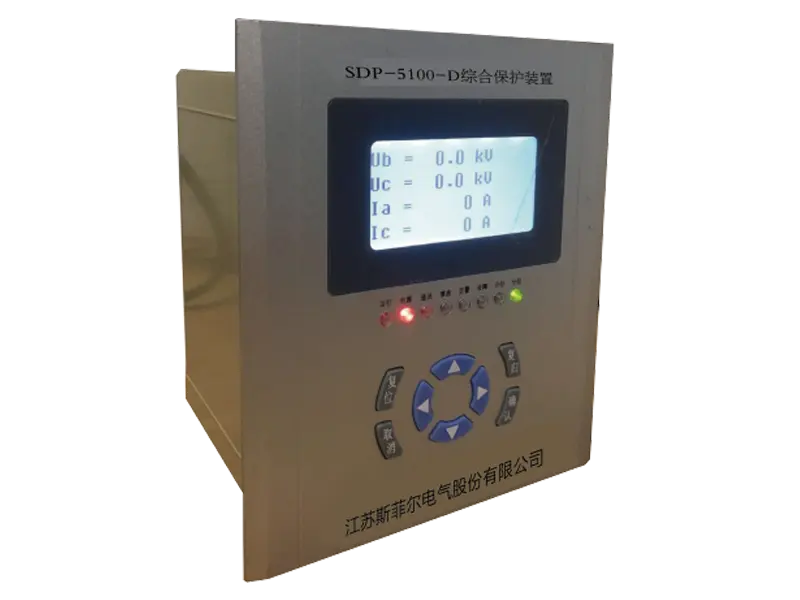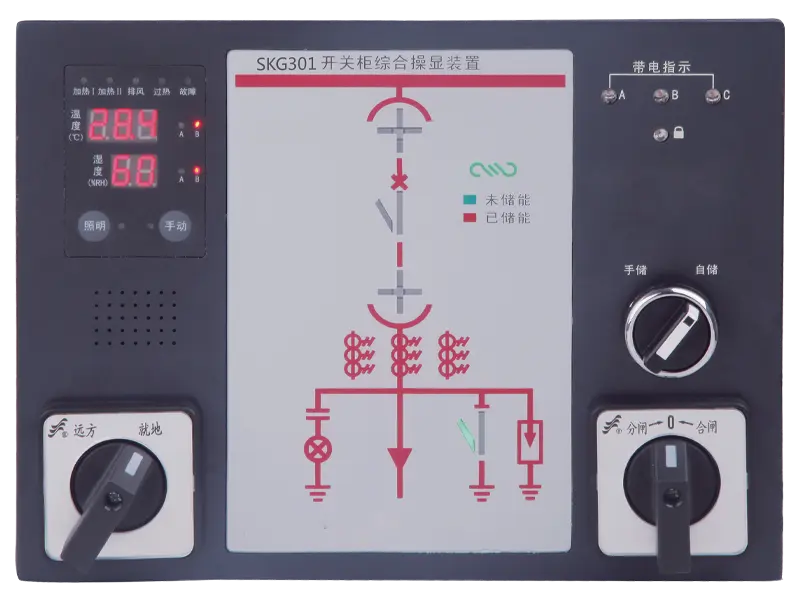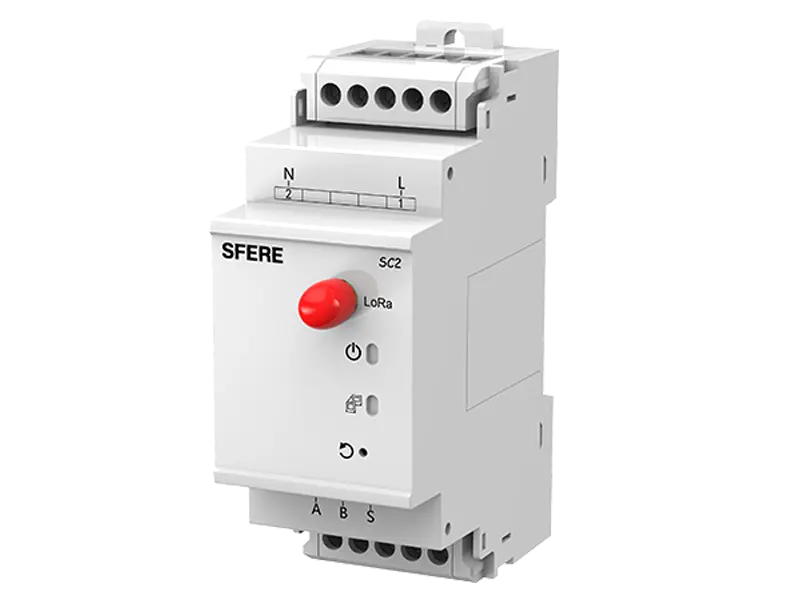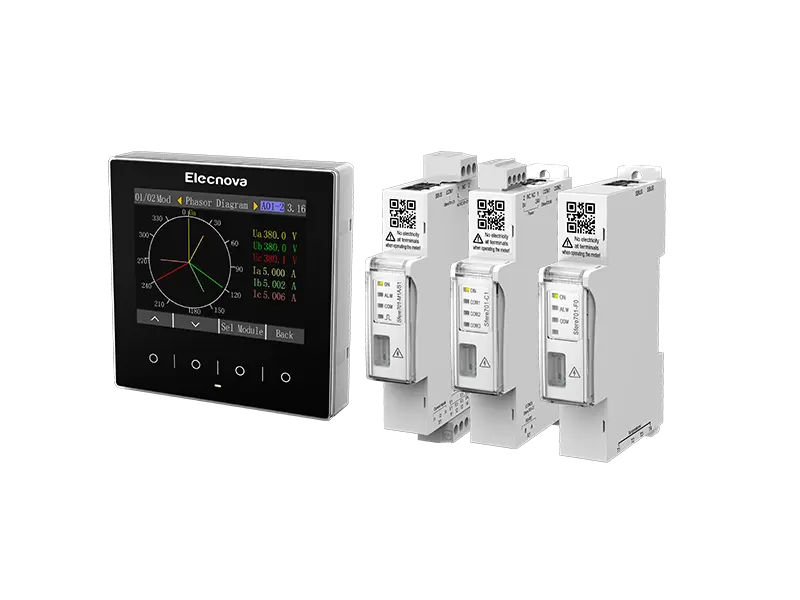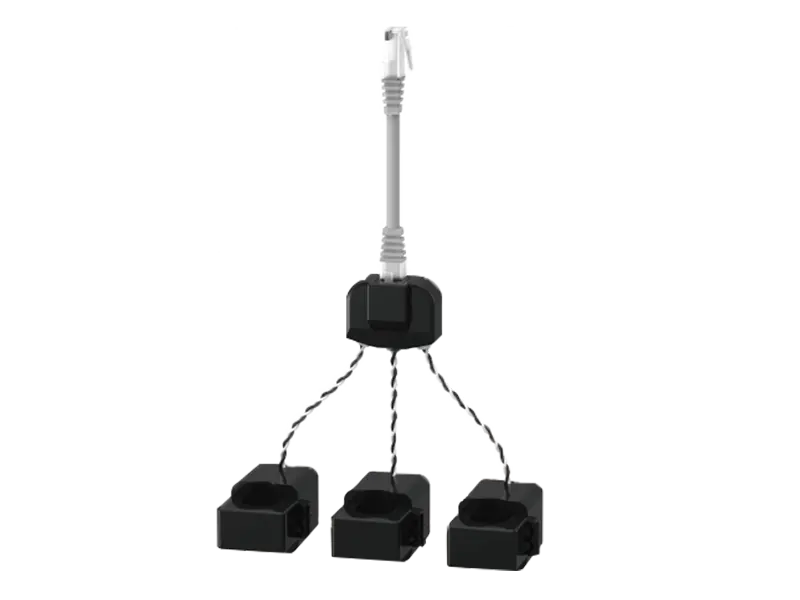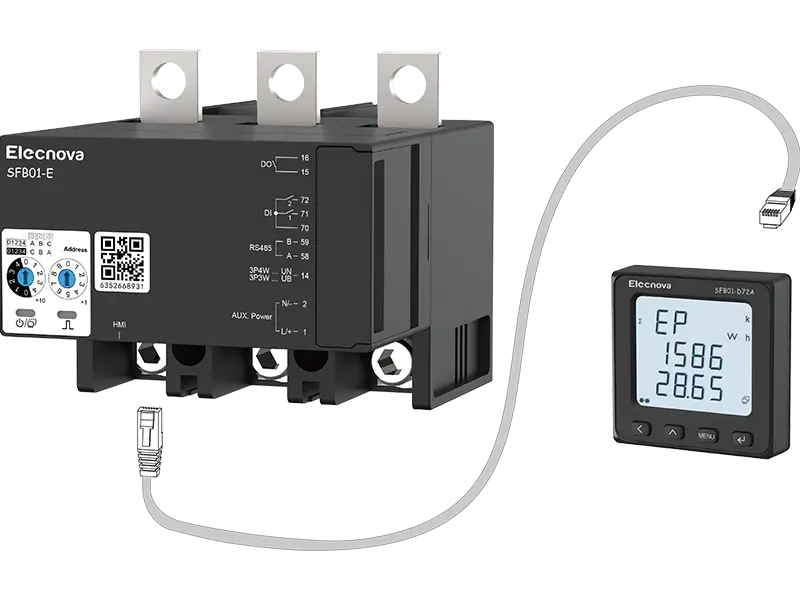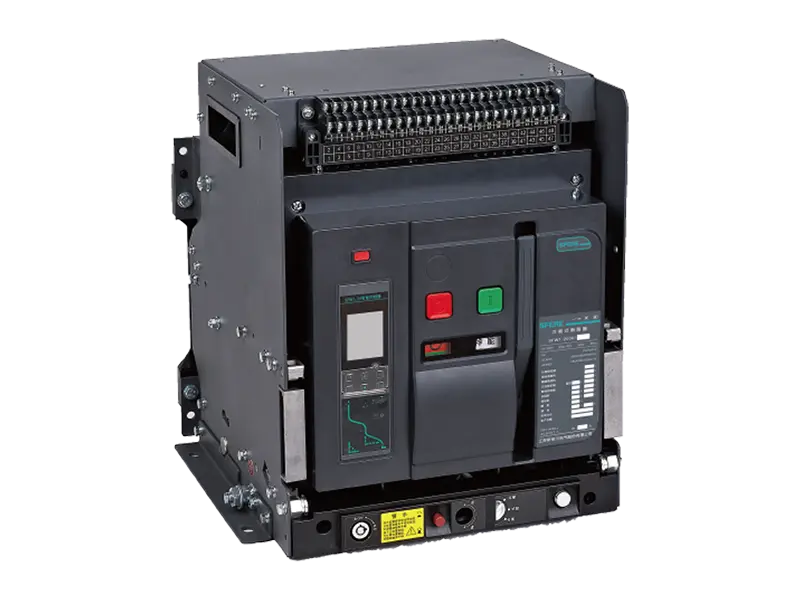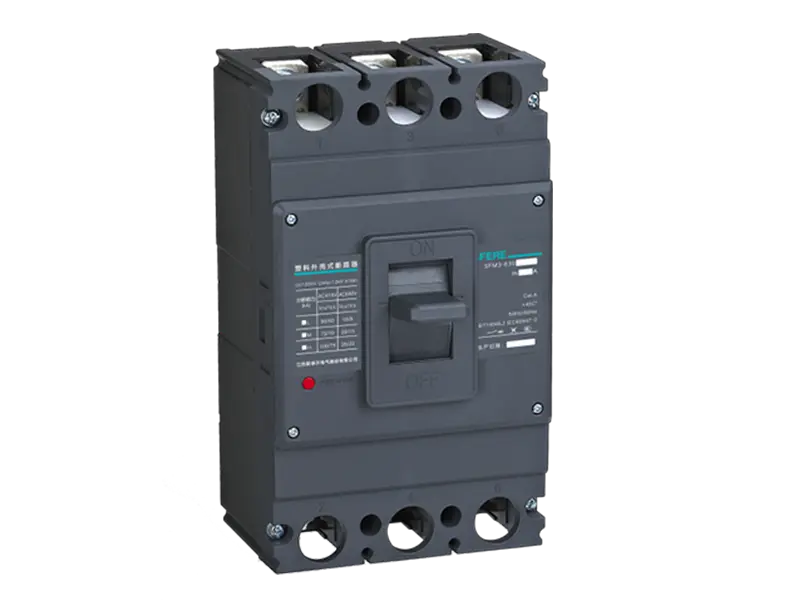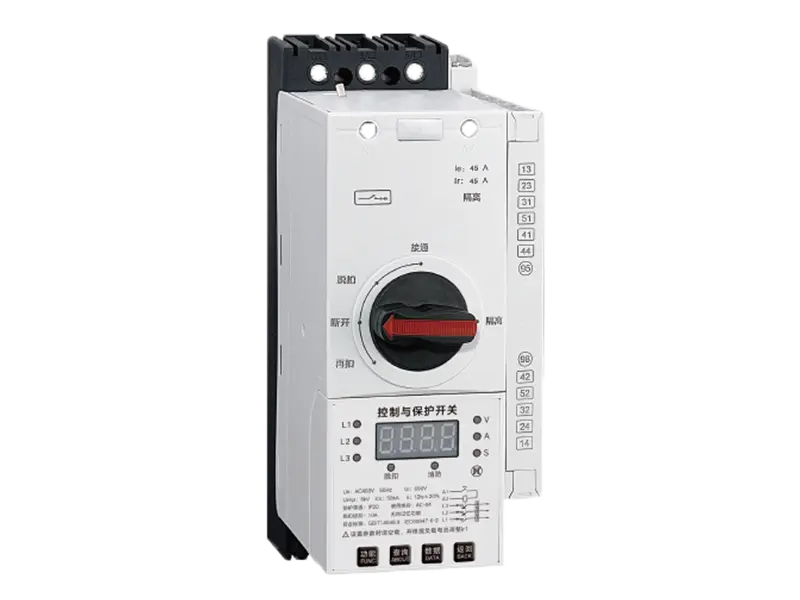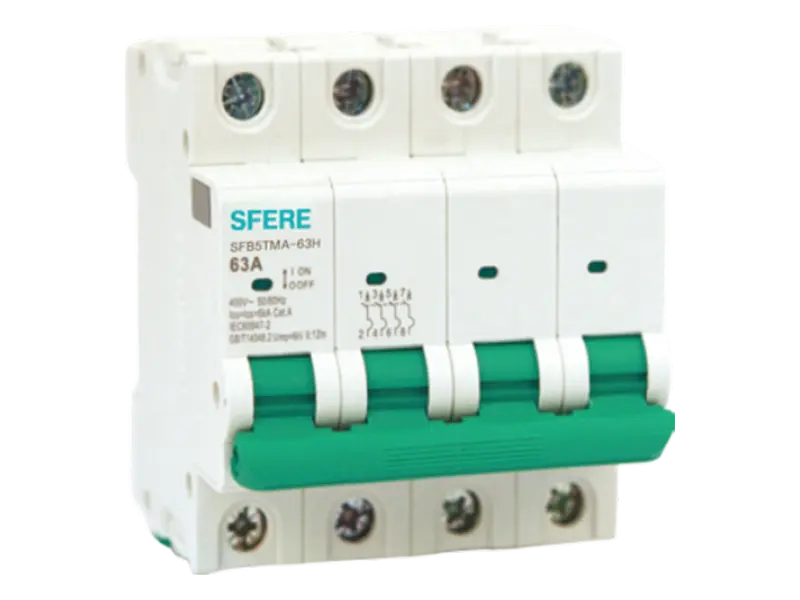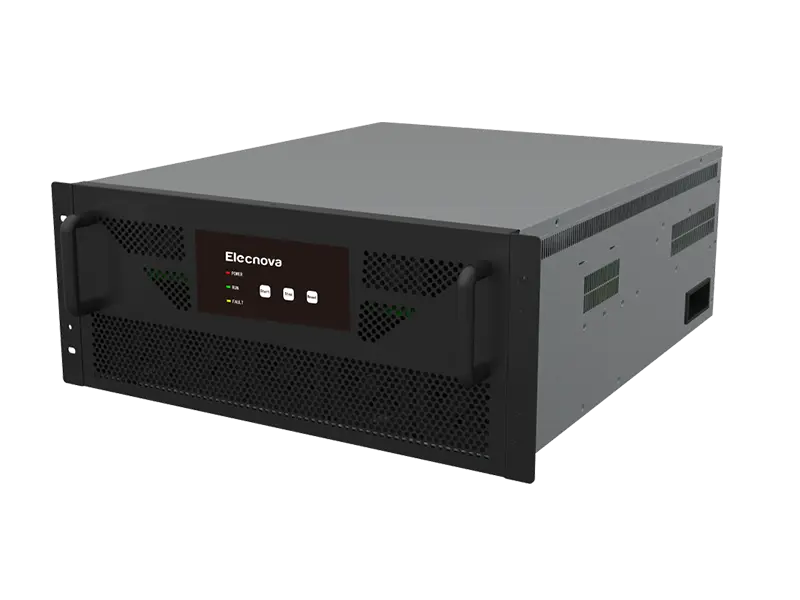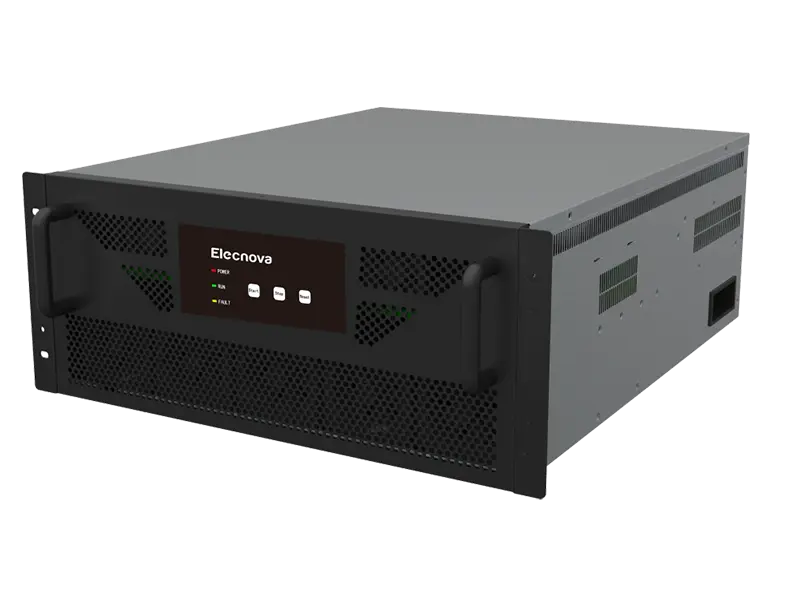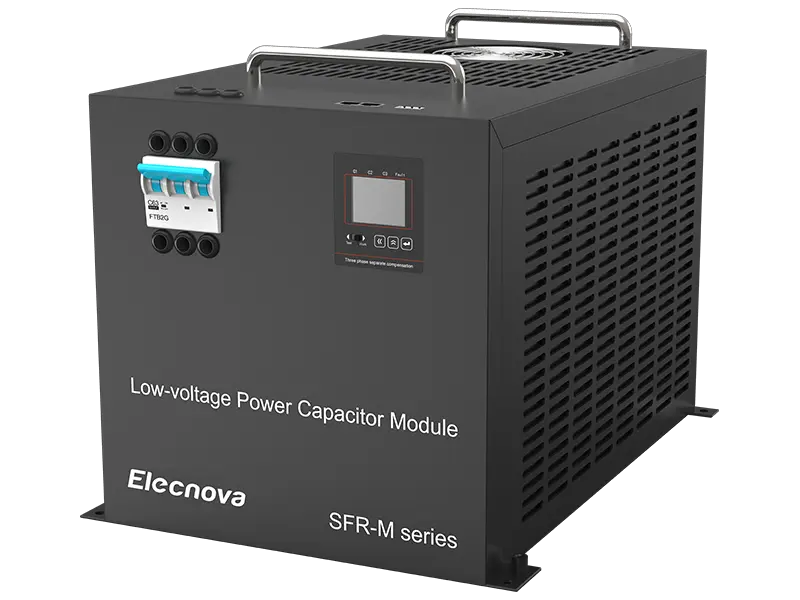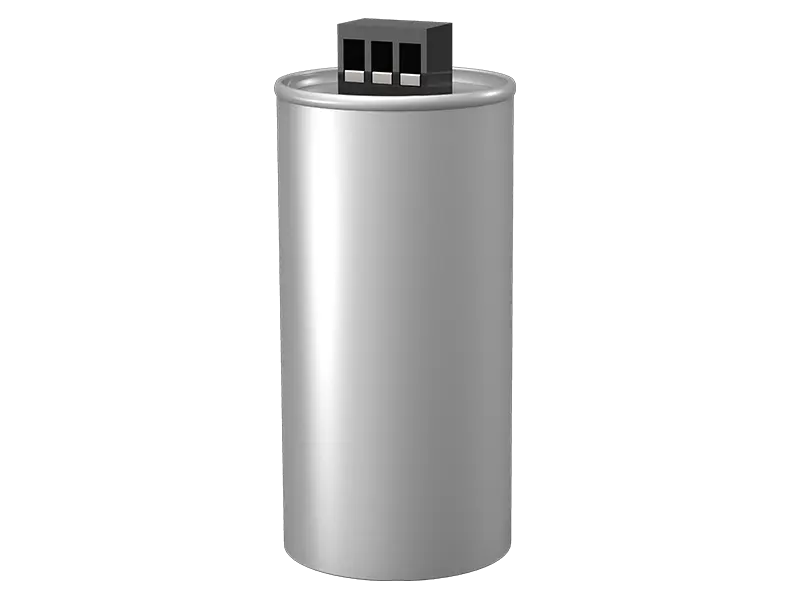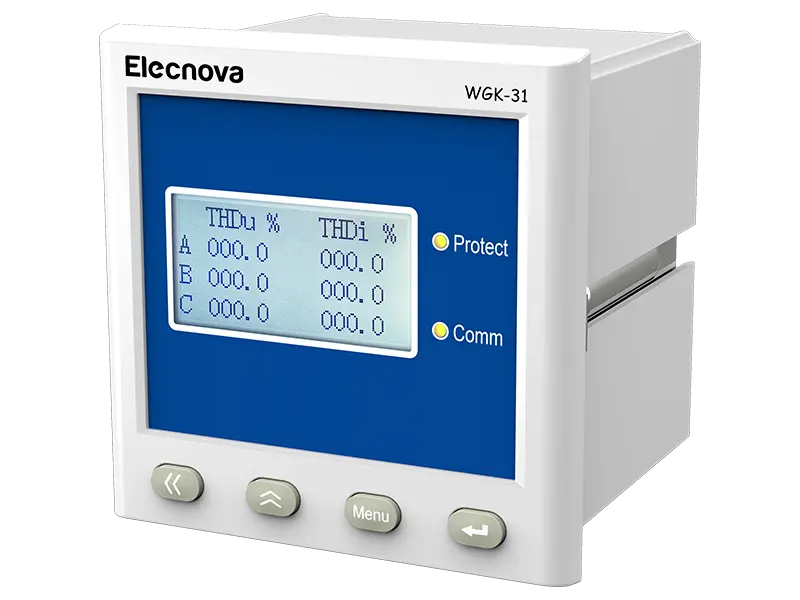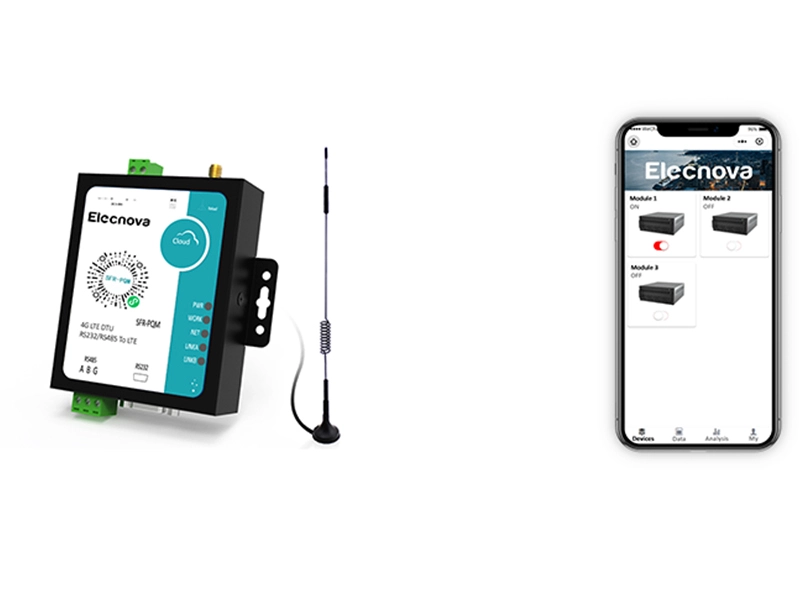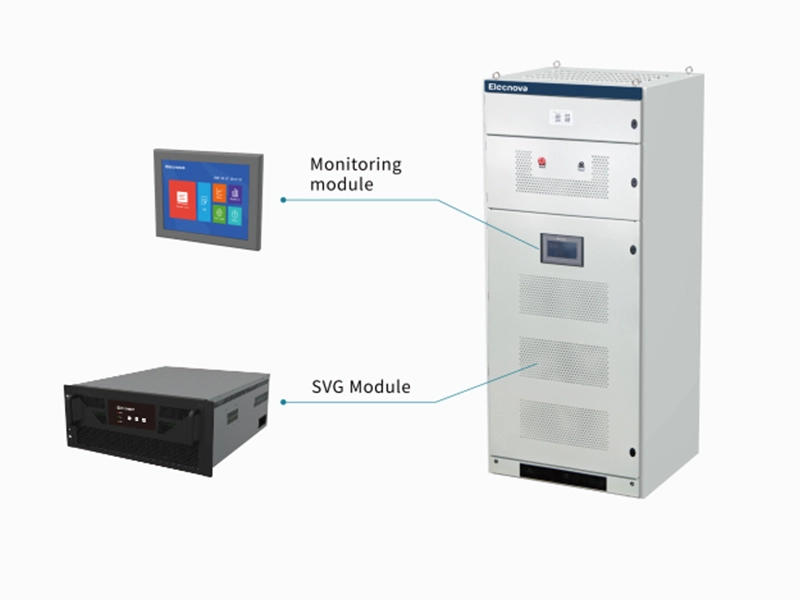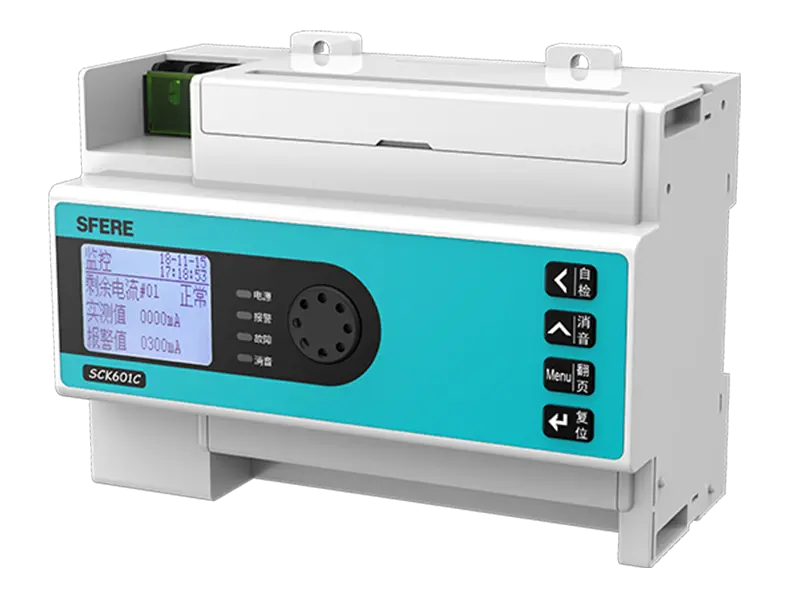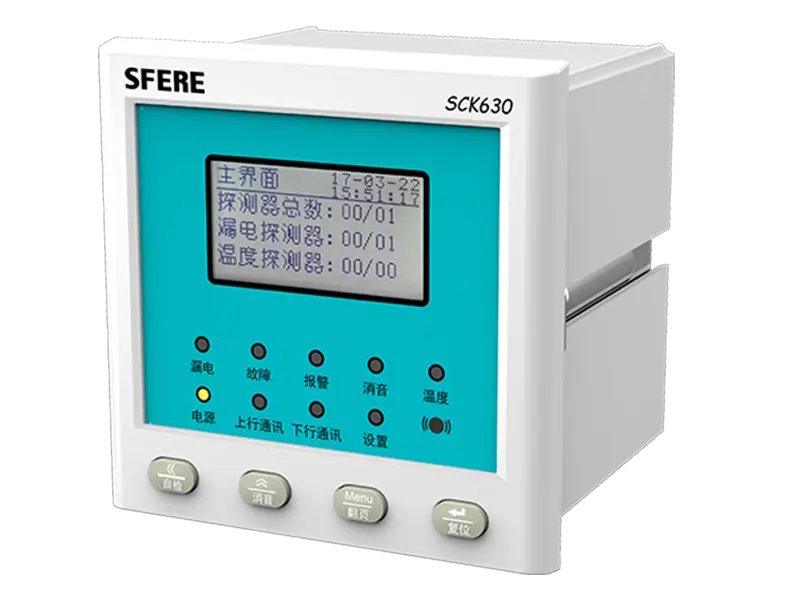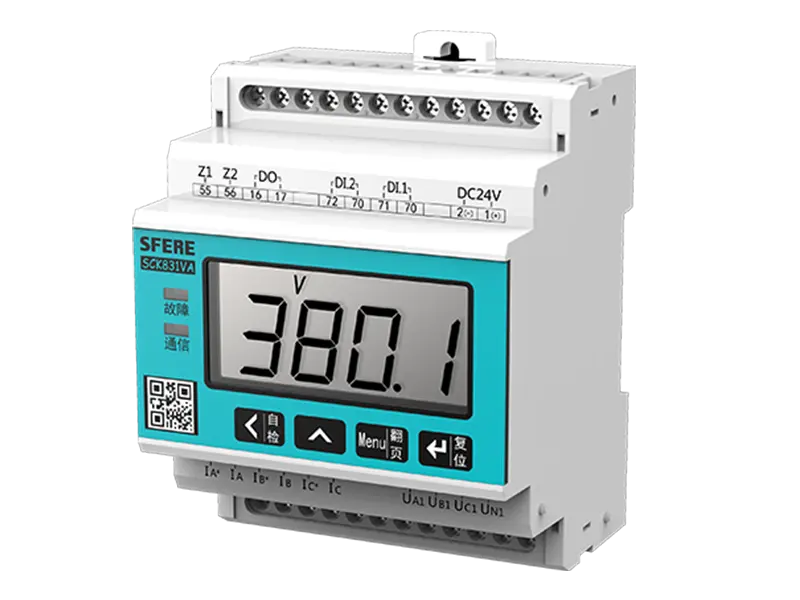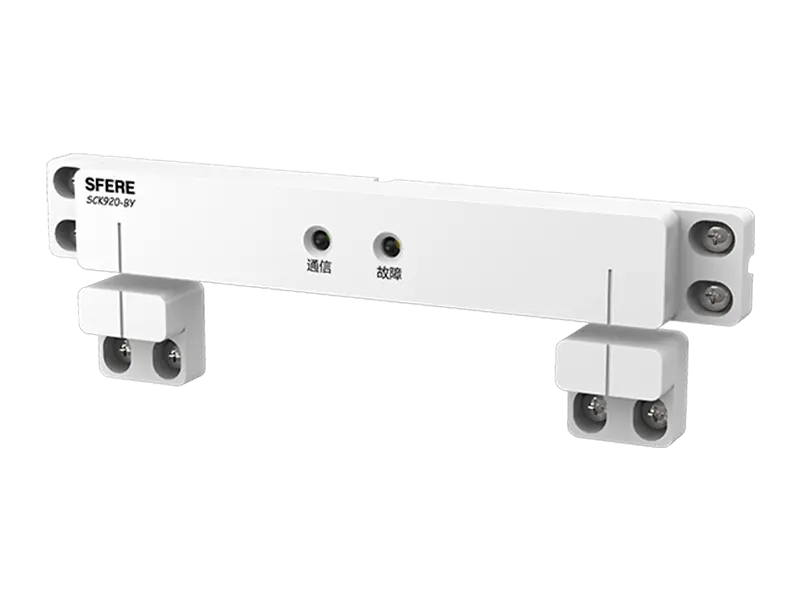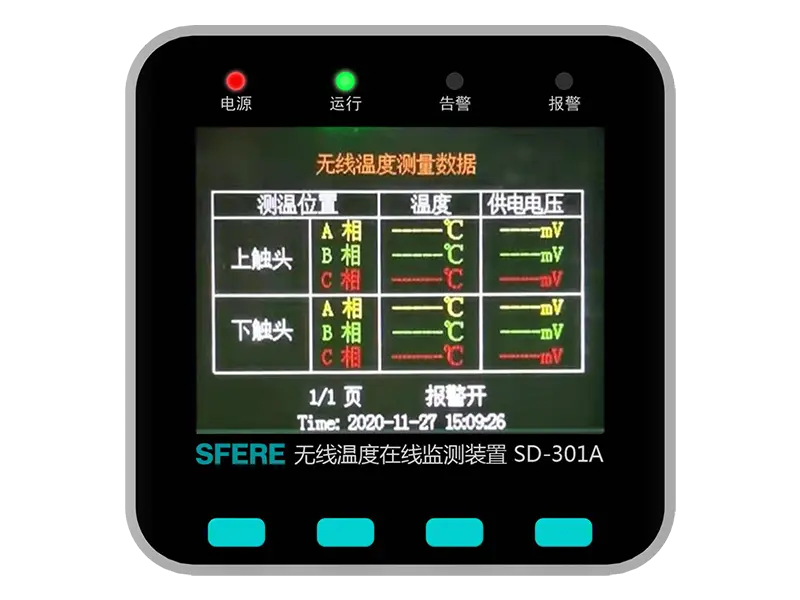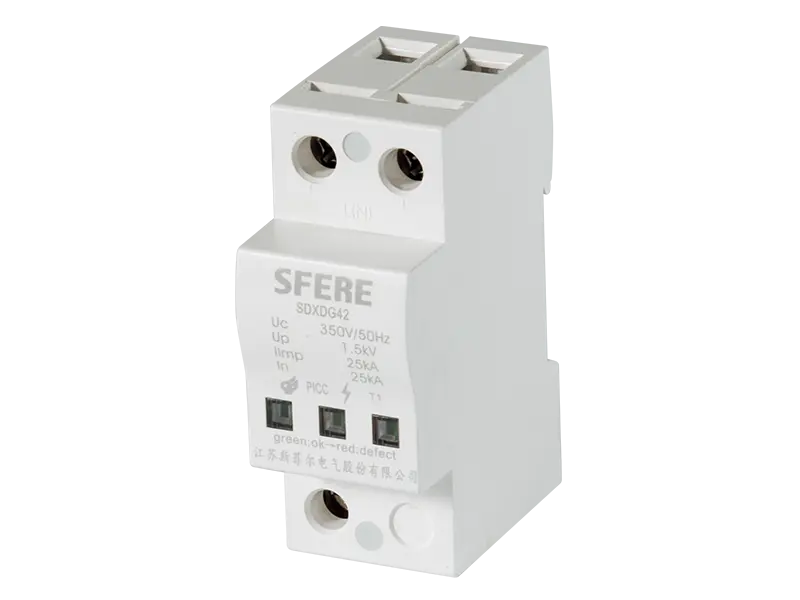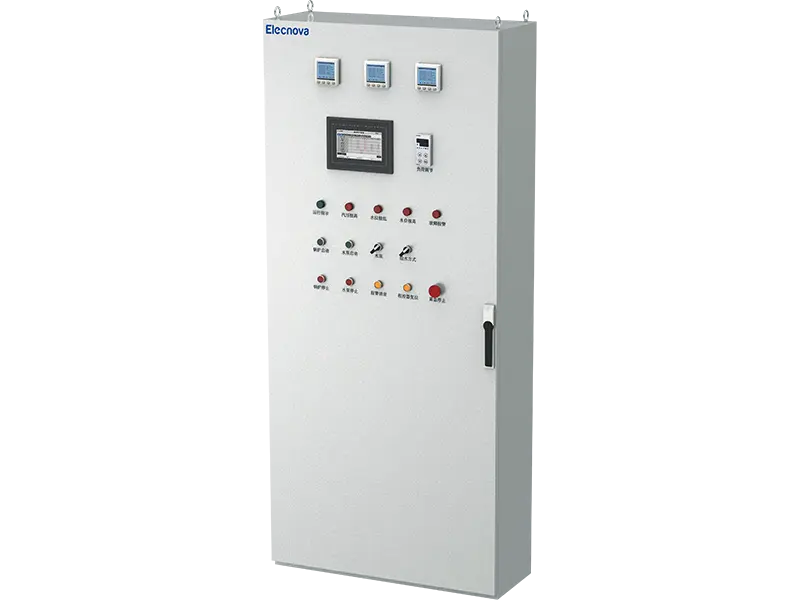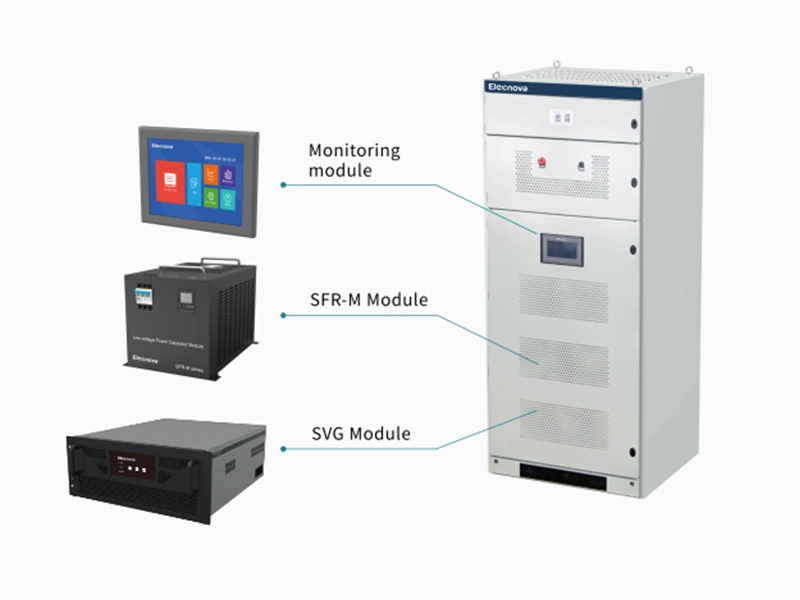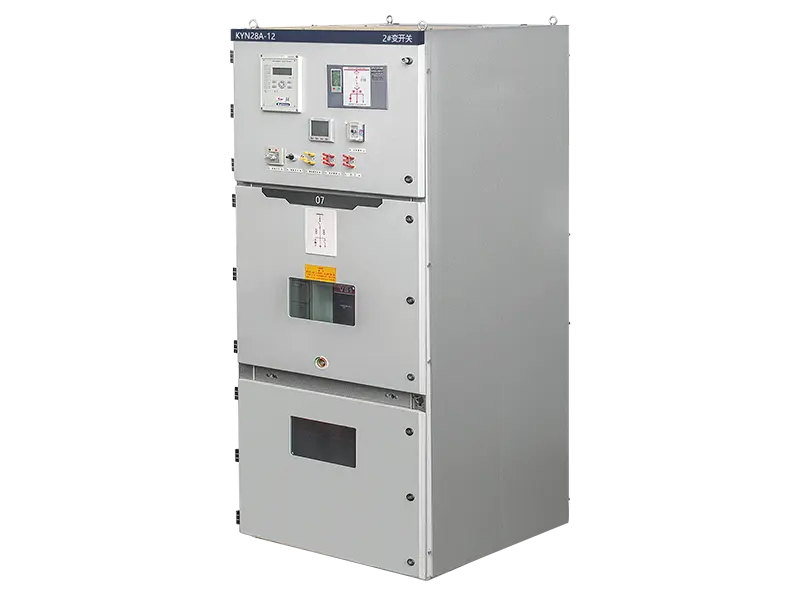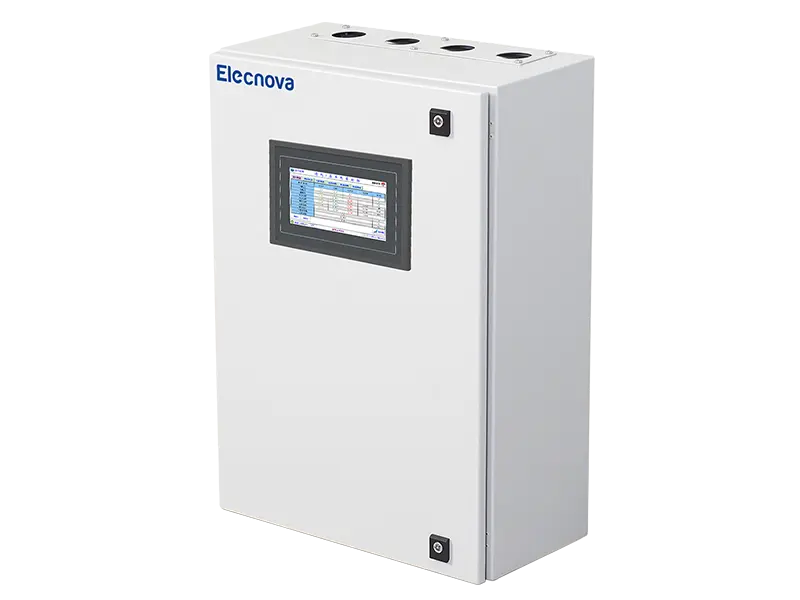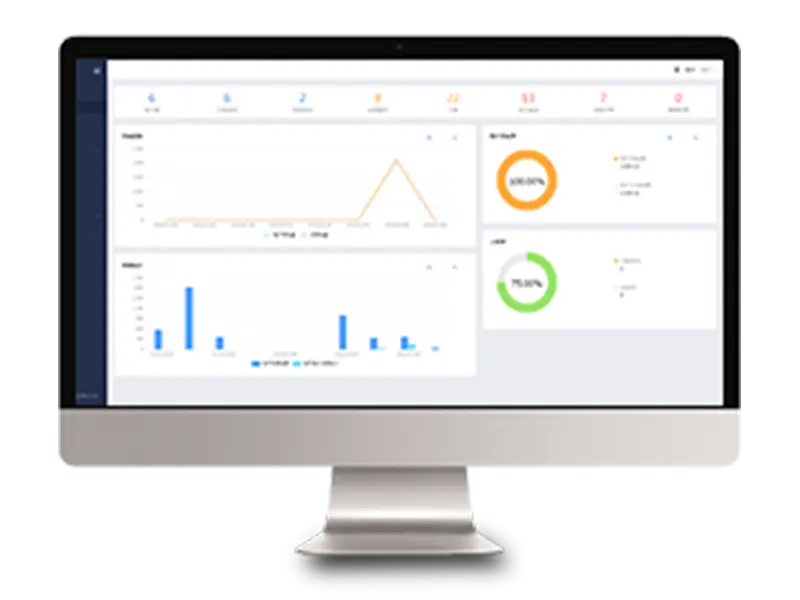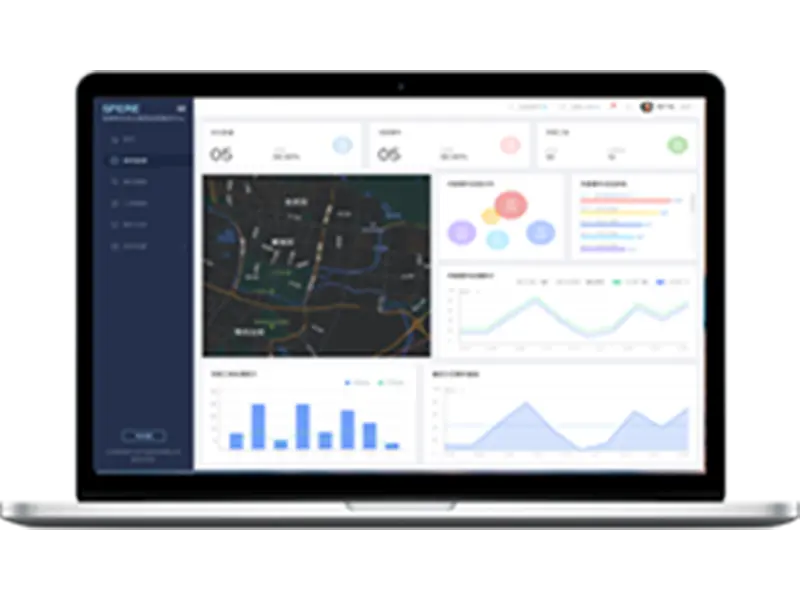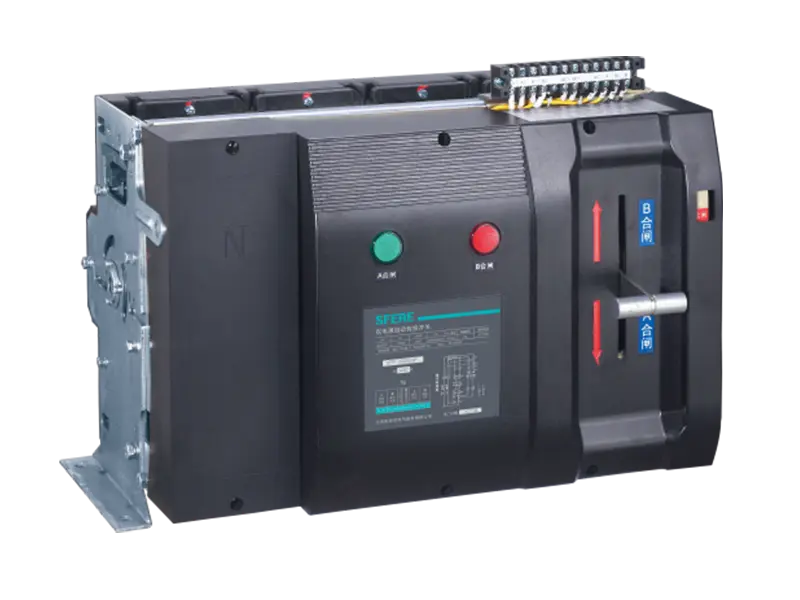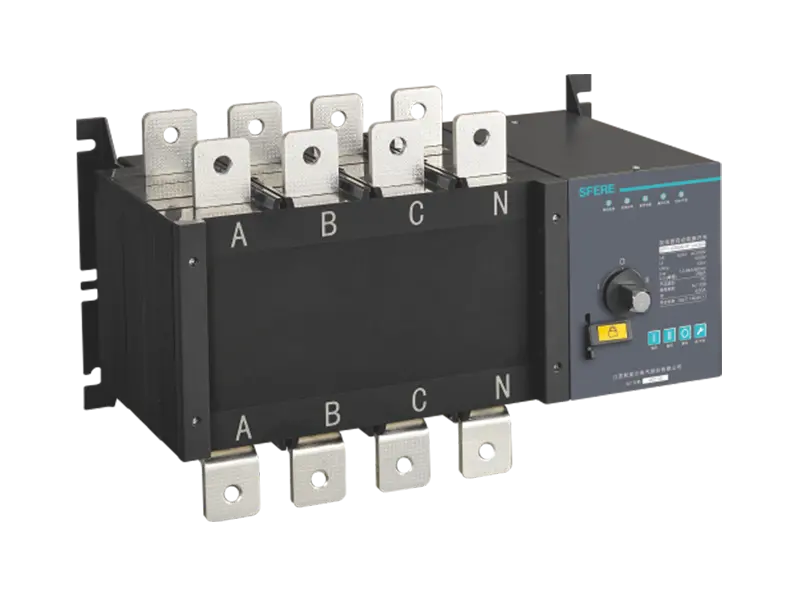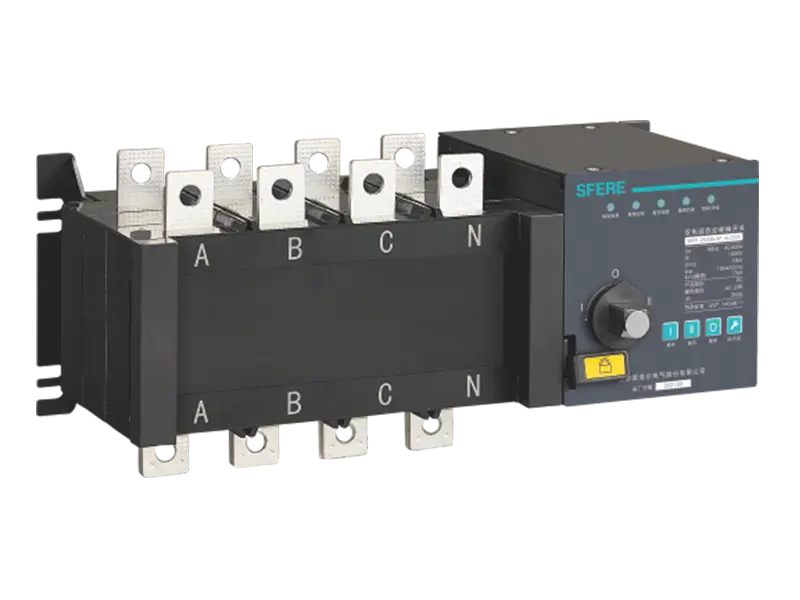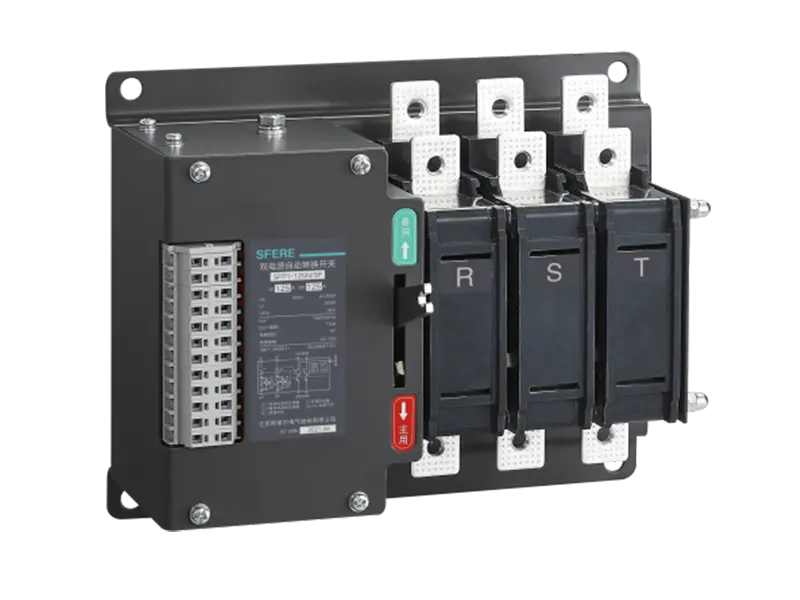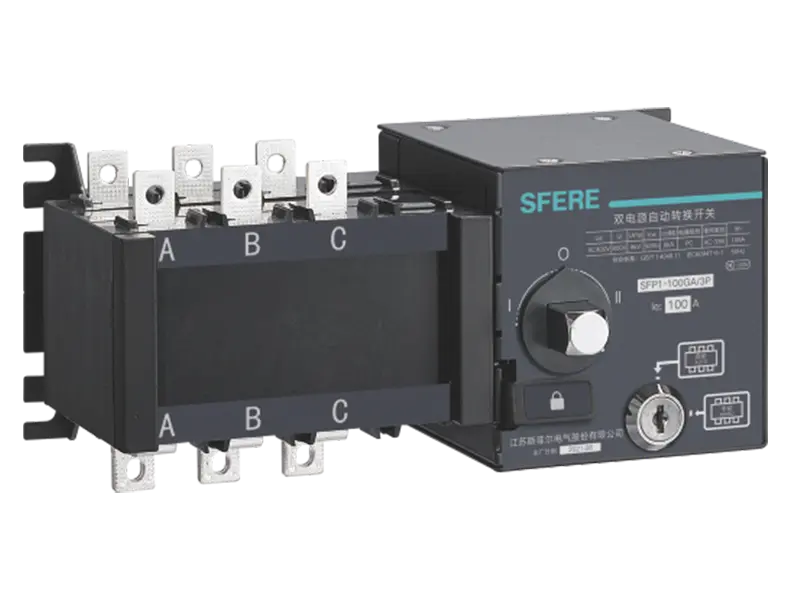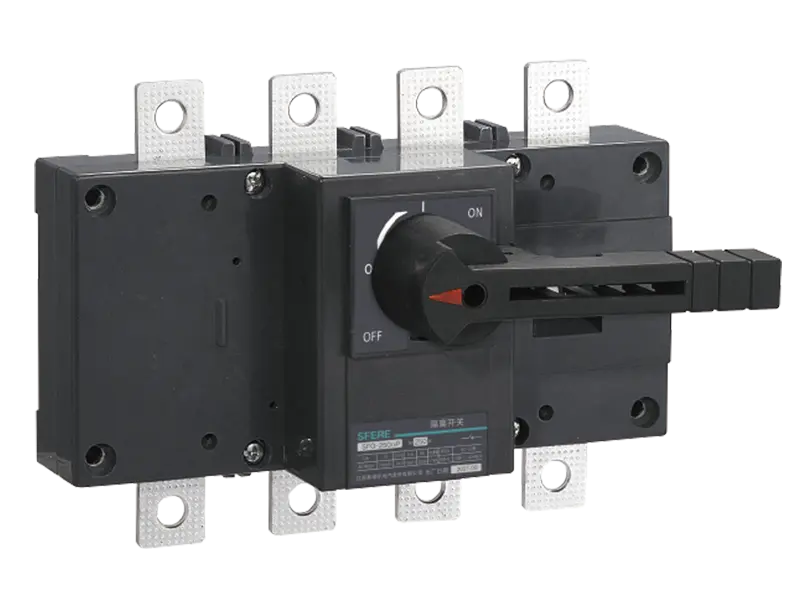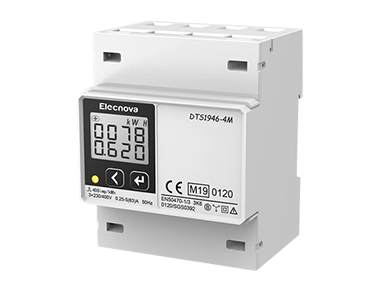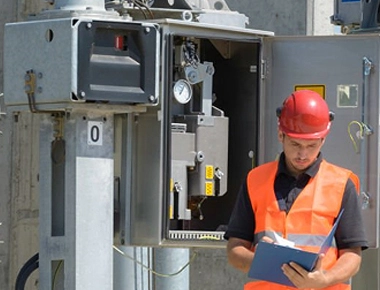Using an isolator switch involves following specific procedures to safely isolate electrical circuits or equipment from their power source. Here are general steps on how to use an isolator switch:
1. Identify the Circuit or Equipment: Determine which electrical circuit or equipment needs to be isolated. Make sure you know the specific isolator switch that corresponds to the circuit or equipment.
2. Prepare for Isolation: Before operating the isolator switch, ensure that all connected equipment is powered off and any necessary safety precautions, such as wearing appropriate personal protective equipment (PPE), are taken.
3. Locate the Isolator Switch: Locate the isolator switch associated with the circuit or equipment you intend to isolate. Isolator switches are typically installed in visible and accessible locations.
4. Verify Isolation: Confirm that the isolator switch is in the "OFF" position by visually inspecting the switch position or indicator markings. Ensure that the switch contacts are fully open to prevent the flow of electrical current.
5. Operate the Isolator Switch: Using the switch handle or operating mechanism, move the isolator switch to the "OFF" position. This action physically opens the circuit, disconnecting the electrical load from the power source.
6. Lockout/Tagout (LOTO): If required by safety procedures, apply a lockout/tagout device to the isolator switch to prevent unauthorized operation while maintenance or repair work is performed. This ensures that the circuit remains isolated and de-energized.
7. Perform Maintenance or Repair: With the circuit or equipment safely isolated, you can proceed with maintenance, repair, or servicing tasks as needed.
8. Restore Power: Once maintenance work is completed, reverse the isolation procedure by moving the isolator switch to the "ON" position. This restores power to the circuit or equipment.
9. Verify Operation: After restoring power, verify that the circuit or equipment functions correctly and that there are no issues before resuming normal operation.
It's essential to follow established safety procedures and guidelines when using isolator switches to prevent electrical hazards and ensure the safety of personnel and equipment. Always refer to specific equipment manuals and safety protocols for detailed instructions on isolator switch operation.


